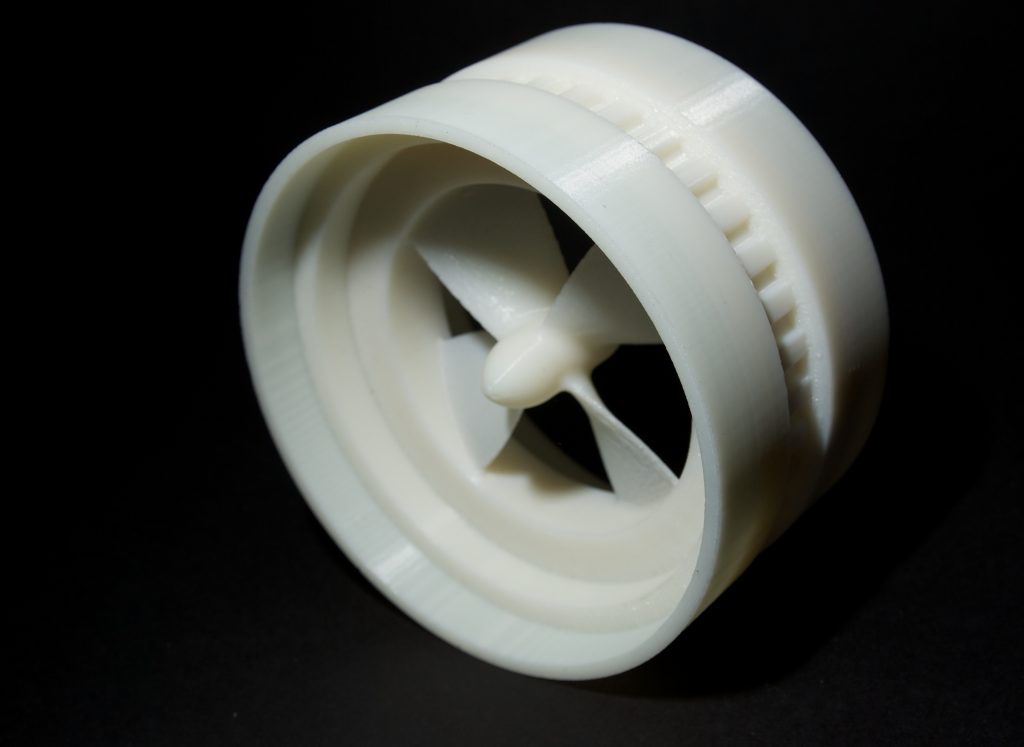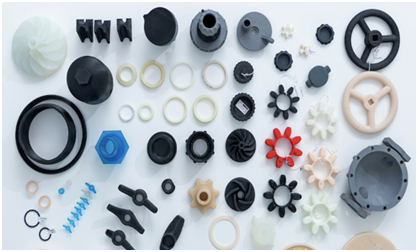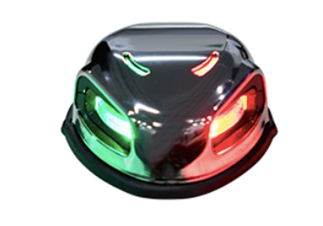
Charles Goulding and Ryan Donley discuss 3D printing of spare parts and other components for maritime operations.
After a delay in reopening, boatyards throughout the county are clearing their yards and commencing the launch season. With many other recreational activities shuttered and the open water safety attribute, boating should experience a record season. Moreover, many people are reluctant to take travel-based vacations this year.
Boatyards utilize a wide variety of repair components for boat ware, including parts, trailers, tools, fasteners, and docks, as well as pier repairs. Boats have a long useful life and there exist a wide variety of makes and models that have been discontinued. There’s also the consideration that marine parts typically have limited availability and are very expensive. Cabin cruisers have the entire range of human resident spaces, including living quarters, kitchens, and bathrooms.
3D printing is increasingly coming into play for production of spare parts used in boating.
Oceanic Consulting Corporation
Oceanic is a marine research company based in Newfoundland, Canada that has excelled in research and development of marine technology. The company has extensively grown their 3D printing knowledge and capabilities for fabricating essential parts in-house. The harsh conditions marine environments present leads to a unique opportunity for Oceanic to experiment with difficult-to-machine parts that are equally difficult to repair and replace. The company has a portfolio of parts that include mechanical linkages, rudders, mounting brackets, props, and even custom instruments — all of which are being experimented with and tested with the use of a Stratasys 3D printer.
Wilhelmsen

Wilhelmsen is a Norwegian maritime company that has long been a supplier of marine parts worldwide. Recently, the company partnered with six shipping firms to offer 3D printed spare parts, through their ongoing cooperation with Ivaldi Group, that will enable a reduction in logistics costs, distribution processes, physical storage issues that should be passed onto consumers in the long term. The goal of the company is to enable ship and boat owners to reduce maintenance and increase the service of life of installed parts.
TecNiq

TeqNiq Marine Navigation Light
[Source: TeqNiq]
TecNiq is a London based company specializing in LED fabrication. The company has long been utilizing additive manufacturing practices and even has the capability to 3D print at a production-grade rate. A large portion of their portfolio includes marine lighting, with 50+ different products available for boating needs many of which utilize 3D printed assemblies.
3D printing of boatyard, boat parts, and similar activities can be supported by R&D tax credits, which are briefly described below.
The Research & Development Tax Credit
Enacted in 1981, the now permanent Federal Research and Development (R&D) Tax Credit allows a credit that typically ranges from 4%-7% of eligible spending for new and improved products and processes. Qualified research must meet the following four criteria:
- Must be technological in nature
- Must be a component of the taxpayer’s business
- Must represent R&D in the experimental sense and generally includes all such costs related to the development or improvement of a product or process
- Must eliminate uncertainty through a process of experimentation that considers one or more alternatives
Eligible costs include US employee wages, cost of supplies consumed in the R&D process, cost of pre-production testing, US contract research expenses, and certain costs associated with developing a patent.
On December 18, 2015, President Obama signed the PATH Act, making the R&D Tax Credit permanent. Beginning in 2016, the R&D credit can be used to offset Alternative Minimum tax for companies with revenue below $50MM and, startup businesses can obtain up to $250,000 per year in payroll tax cash rebates.
Conclusion
Boatyards have a wide range of potential uses for 3D printing. Like car dealers, many boatyards have consolidated in recent years so central printers can also serve multiple yards. The harsh marine wear and tear on boats is continuing to allow companies to experiment with additive manufacturing methods to extend the useful life of products and save overall costs for the entire marine field.
